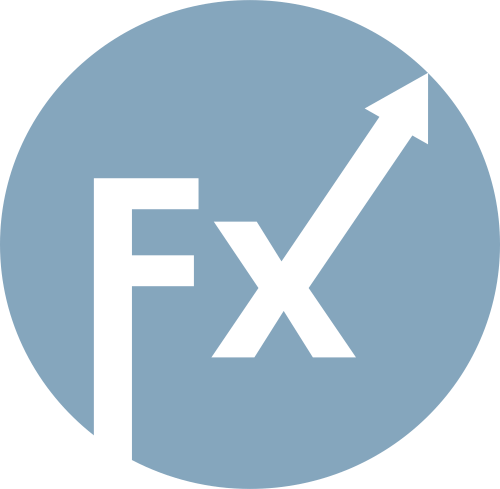

Index S&P 500 v posledních týdnech prudce vzrostl a smazal veškeré ztráty způsobené výprodejem po tzv. „Liberation Day“ (dnu osvobození).
Podle analytiků ze Sevens Report je tento obrat z velké části výsledkem zmírnění obav z eskalace obchodní války a obnoveného optimismu ze strany administrativy prezidenta Donalda Trumpa.
„Realita obchodní války nebude tak špatná, jak se obávalo začátkem dubna,“ uvedli analytici s odkazem na výraznější než očekávané snížení cel mezi USA a Čínou a „spoustu Trumpových pozitivních vyjádření o možných obchodních dohodách“ s Velkou Británií, Jižní Koreou, Japonskem a Indií.
Sevens ale varuje investory, aby si tuto úlevovou rally nezaměňovali s udržitelným býčím trhem. „I když si užíváme dnešní růst, zůstávám skeptický k tomu, že by tyto zprávy mohly dlouhodobě posunout S&P 500 k hranici 6 000 bodů nebo nad ni,“ uvedl autor poznámky.
Důležitějším závěrem podle analytiků je, že tzv. „Trumpova pojistka“ – tedy předpoklad, že Trump v případě většího propadu trhu změní svou politiku, aby podpořil akcie – se zřejmě posunula výš.
„Trhy začátkem dubna propadly mimo jiné proto, že investoři se obávali, že Trumpova pojistka se aktivuje až někde pod hranicí 4 000 bodů indexu S&P 500,“ vysvětluje Sevens. „Ale poslední týdny naznačují, že tato pojistka se nyní nachází někde mezi 5 000 až 5 500 body.“
Toto nové nastavení je podle nich mírně pozitivní, protože omezuje riziko prudkého poklesu. Přesto zůstávají analytici obezřetní: „Cla budou i tak výrazně vyšší než v lednu a politická volatilita pokračuje – včetně nových hrozeb namířených proti filmovému a farmaceutickému průmyslu.“
The stock market has hit a new high thanks to a surge in NVIDIA shares, strong statistics, and reduced trade tensions caused by the United States' plan to lower tariffs on a range of Chinese goods. However, ahead of earnings reports from tech giants and the Fed meeting, investors began to lock in profits. Nevertheless, positive employment data continues to support the market.
The Fed meeting is unlikely to surprise – rates are expected to drop to 4%, while further steps remain unclear. Investors are awaiting reports from Microsoft, Amazon, Google, and Meta, all of which are heavily investing in AI. This sector continues to push the S&P 500 higher, and growth potential remains intact. Follow the link for more details.

US stock indices ended the day higher: the S&P 500 gained 0.23%, the Nasdaq 100 rose by 0.80%, and the Dow Jones added 0.34%. Growth was also observed in Asia, fueled by optimism surrounding AI and strong earnings reports from tech giants, especially in the chip sector. Japan and South Korea showed the greatest growth among the regions.
Nvidia shares jumped by more than 8% after Trump's statement on potential negotiations with China's leader regarding the Blackwell chip, which is crucial for AI development. Investors hope this will lead to a loosening of export restrictions that hinder Nvidia's expansion in the important Chinese market. Follow the link for more details.

The US dollar index is showing growth today, trading around 98.86, higher than yesterday's close. Investors have taken a wait-and-see approach in anticipation of the Fed's decision. Traders are wary of taking risks without a clear Fed position, especially considering a potential easing of monetary policy that could influence further movement of the dollar.
The trading relationship between the US and China adds further uncertainty, as the leaders of the two countries prepare to meet at a summit on Thursday following preliminary agreements reached by their representatives on Sunday. This event could play a key role in resolving the protracted trade conflict and may impact global financial markets. Follow the link for more details.

Gold continues to be in the spotlight. After a record rise, the metal has pulled back slightly to $3,900 per ounce, which is attributed to profit-taking. However, analysts remain optimistic and predict a rise to $5,000 by next October. Investors and central banks continue to increase purchases, confirming the resilience of demand and the strength of the long-term trend.
The reasons for the correction lie not in a decline in interest but rather in a natural market regrouping. Additionally, the weakening dollar and global economic instability provide support for gold. For traders, this presents an opportunity to capitalize on short-term fluctuations against a backdrop of strong long-term prospects. Follow the link for more details.

The US market stands on the brink of change: despite sustained inflation at 3% (above the Fed's target of 2%), investors are betting on rate cuts in October and December, which seems contradictory. The economy is showing growth—GDP may increase by 3.9% in Q3, and the labor market has begun to recover in the fall.
A rate cut may occur under political pressure, particularly from Trump's team, which insists on reducing borrowing costs to as low as 1%. Some FOMC members, including Stephen Miran, support decisive easing of policy right now. There is an opinion that cooling in the labor market will help reduce inflation, which means that monetary policy easing should begin in advance. Follow the link for more details.

QUICK LINKS